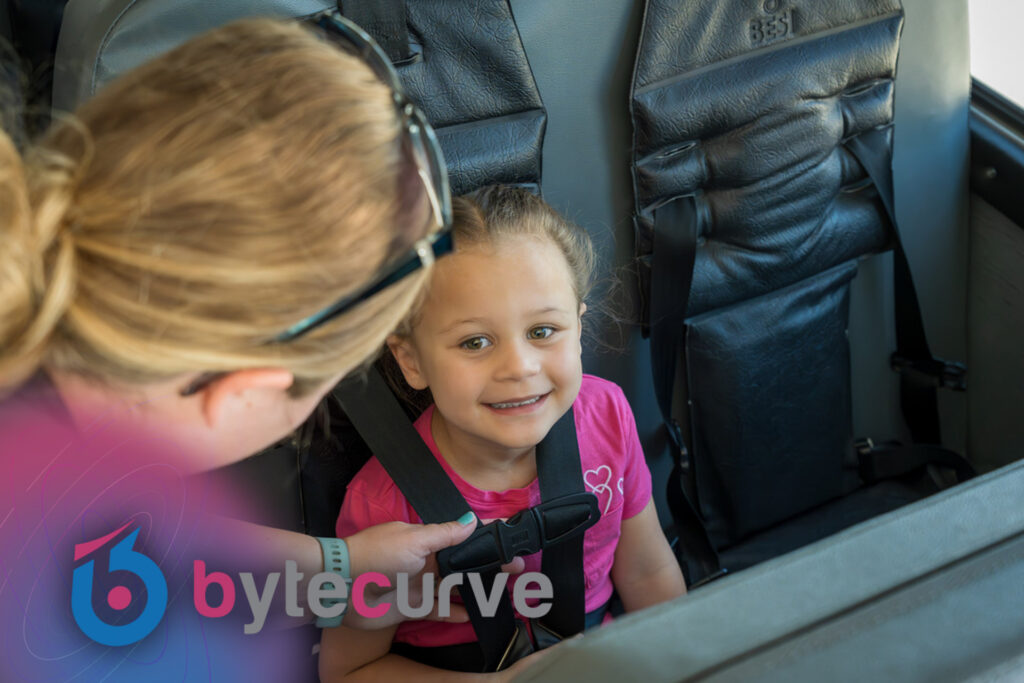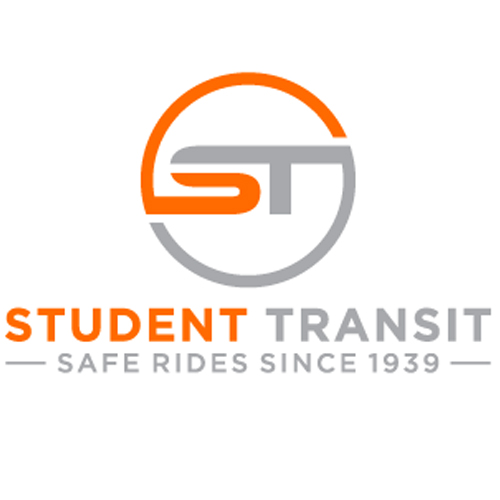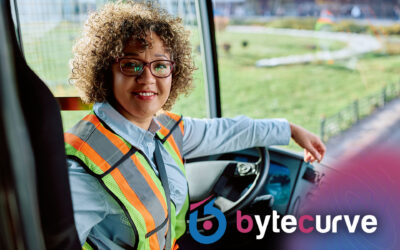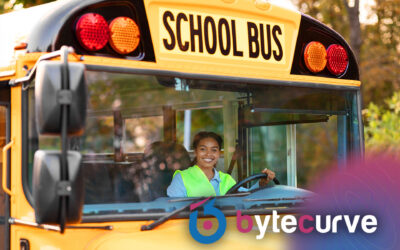States are increasing focus for school bus safety
for students who take the bus
School buses are responsible for transporting millions of students to and from school each year.
They are a crucial part of the American education system and the everyday lives of families across the country.
While school buses offer comfort and convenience to parents who want to know that their child has a secure way to and from school, school bus safety is still a major concern.
School bus-related crashes killed 72 students between 2010 and 2020, and more than half of these fatalities were due to being struck by other vehicles while the bus was loading and unloading students.
- From 2012 to 2021, there were 998 fatal school-transportation-related crashes, and 1,110 people of all ages were killed in those crashes – an average of 111 fatalities per year.
- Over half (53%) of the school-age pedestrians killed in school-transportation-related crashes from 2012 to 2021 were 5 to 10 years old.
- There were 1.6 times more fatalities among pedestrians (183) than occupants of school transportation vehicles (113) in school-transportation-related crashes from 2012 to 2021
These unfortunate statistics, which do not even include near misses or injuries, have prompted states to urge for legislation that protects the people both inside and outside the school bus.
A few states in the US, such as Connecticut, New York, and Arkansas, have made positive changes to ensure the safety of everyone on the road.
Trusted by the Finest Names in School Bus Transportation
The Stop Arm Threat: How to Improve Motorist Compliance
Every school bus has a stop-arm that extends from the left side to prohibit drivers on the road from passing a school bus when it is down, or when the bus loads and unloads students.
Consequently, each of the 50 states has a “stop-arm law” that penalizes drivers who do not stop when the stop sign-shaped “arm” is extended. While the law is in place across the country, not every state enforces it in the same way.
Drivers and motorists still speed past buses despite the law.
In 2019, a one-day observation survey by the National Association of State Directors of Pupil Transportation in 39 states and DC reported almost 100,000 illegal passings of a school bus while it was loading and unloading students.
At this rate, over 14 million violations of the law would take place in a single school year. It is with these alarming statistics that school district leaders began to urge for the use of traffic safety surveillance devices.
The Virginia Tech Transportation Institute tested these devices, which used infrared pulse sources to capture the plate numbers of cars illegally passing school buses in 2007 and again in 2010 to conclude that the illegal passing of school buses was one of the greatest threats to pupil safety.
Similarly, the state of Connecticut’s General Assembly passed a law in 2019 for drivers to stop their vehicles at least 10 feet from the front or the rear of the bus that is displaying red signal lights and to remain there until the bus no longer displays them.
There is a $450 fine for the first offense of passing a stopped school bus, and if the action is repeated one can be subject to spending 30 days in jail.
There are a number of things that police can do to better enforce school bus stop arm violations, including:
- Greater law enforcement deterrence: Police can increase patrols around school bus stops, especially during the times when buses are loading and unloading students. This will help to deter drivers from passing school buses illegally.
- Camera technology: Stop arm cameras can be used to record drivers who pass school buses illegally. This evidence can then be used to issue citations to the offending drivers.
- Raise Public Awareness: Police can educate the public about the dangers of passing school buses illegally and the consequences of doing so. This can be done through public awareness campaigns, school presentations, and other outreach efforts.
- Work with schools: Police can work with schools to identify areas where stop arm violations are a problem. Schools can then work with parents and students to educate them about the importance of school bus safety.
In addition to these general measures, there are a number of other specific things that police can do to enforce school bus stop arm violations, such as:
- Target specific drivers: Police can target specific drivers who are known to have passed school buses illegally in the past. This can be done by monitoring traffic around school bus stops and by issuing citations to drivers who are caught violating the law.
- Use technology: Police can use technology to help them enforce school bus stop arm violations. For example, they can use GPS tracking to track the location of school buses and to identify areas where stop arm violations are occurring.
- Partner with other agencies: Police can partner with other agencies, such as school districts and transportation departments, to enforce school bus stop arm violations. For example, school districts can provide police with information about upcoming bus routes and schedules.
By taking these steps, police can help to reduce the number of school bus stop arm violations and make our roads safer for children
Just as the Virginia Tech Transportation Institute tested these devices, Connecticut legislation enacted a stop-arm camera law in the early 2010s to capture the license plate number of the passing vehicle, making it one of the earliest of the 24 states that currently enforce this law to have it in place.
Using these cameras is beneficial for keeping track of drivers violating the stop-arm law and for the focus of school bus drivers.
The driver will no longer have to take their eyes off the road to see who is coming dangerously close to their vehicle, keeping their focus on driving and unloading or loading students.
Connecticut has also taken steps to provide greater security to the parents of children on the bus. New Haven Public Schools began to use the FirstView App in 2021, allowing parents to see real-time updates on the arrival of their child’s bus.
According to Dr. Iline Tracey, New Haven Public Schools Superintendent, “the app will help parents and caregivers manage drop-off and pick-up more easily.”
The app will promote a seamless transition in the loading and unloading of students on school buses, which will clear up congestion on the roads and decrease the likelihood of stop-arm violations.
Since its implementation in New Haven Public Schools, other districts in Connecticut, such as Darien Public Schools, have activated the app as well.
The SafeStop app is also widely used by scores of school districts to improve parent communication and create a safer school bus experience.
Adding Seatbelts: Another layer to school bus safety
Other states are taking action to keep the roads safe.
Eight states, Arkansas, California, Florida, Louisiana, Nevada, New Jersey, New York, and Texas, have laws requiring that seat belts be installed on school buses.
Seat belts are one of the simplest safety precautions that can be taken in a motor vehicle, preventing the number of school bus-related casualties from increasing.
Aside from the obvious safety benefits of installing seat belts on buses, seat belts can also help to create a better-behaved bus environment. Seat belts will help to keep students in their seats, which in turn will help the driver focus on the road.
Between the states that allow stop-arm cameras and those that require seat belts, only Arkansas and New York require both. There is still a long way to go when it comes to safety legislation for school buses, but it is states like these that are setting a great example for others to follow.
There are a few reasons why seat belts are not used on more school buses:
- Cost: Adding seat belts to school buses is expensive. The cost per bus can range from $7,000 to $10,000, and retrofitting older buses can be even more expensive.
- Effectiveness: It is not clear how effective seat belts would be in preventing injuries in school bus crashes. School buses are already designed to be very safe, with features like high-backed seats and energy-absorbing padding. Some experts also worry that seat belts could increase the risk of injuries in certain types of crashes, such as rollovers.
- Enforceability: It can be difficult to enforce seat belt use on school buses, especially with younger children. Bus drivers are responsible for driving the bus and ensuring the safety of all passengers, so it is not realistic to expect them to also monitor seat belt use.
- Evacuation: In the event of a crash, it is important for passengers to be able to evacuate the bus quickly and easily. Seat belts could make it more difficult for passengers to evacuate, especially for younger children and passengers with disabilities.
Despite these challenges, some school districts have begun to install seat belts on their school buses.
Whether or not to install seat belts on school buses is a complex issue with no easy answers.
There are both pros and cons to consider, and ultimately, the decision should be made on a case-by-case basis, taking into account the specific needs of the school district and the community.
Schools are also adopting technology like Bytecurve360 to improve operations and on-time arrivals.
The software that merges the data from Routing and GPS Fleet Tracking delivers improved dispatching, payroll, and timekeeping, as well as mobile app-based driver communications:









